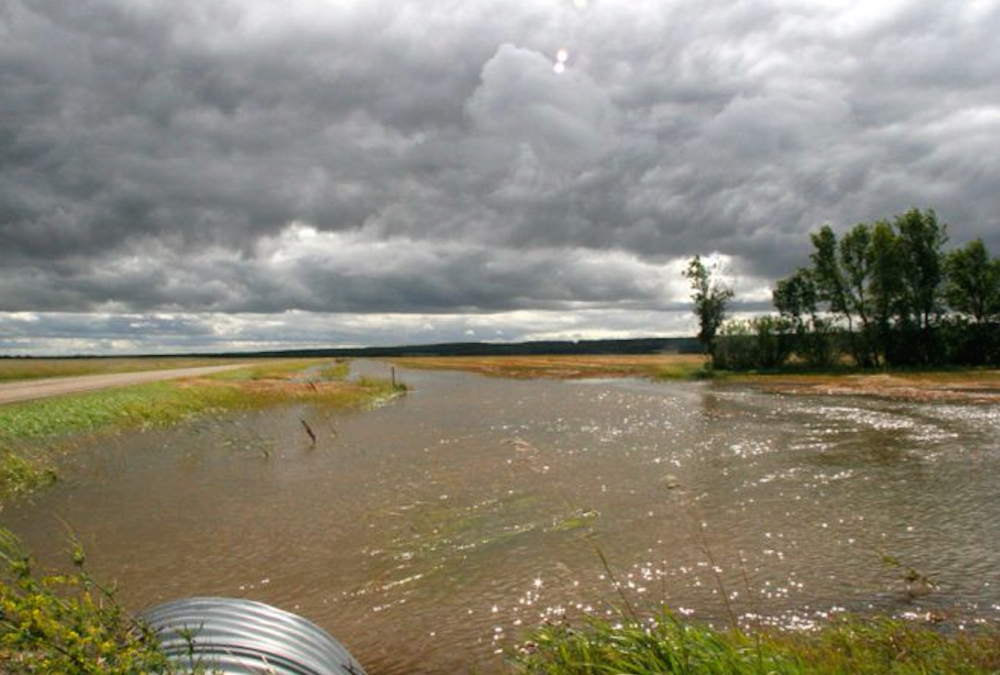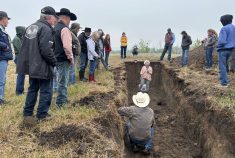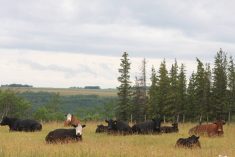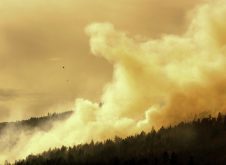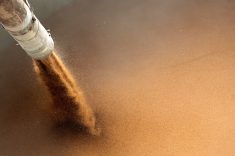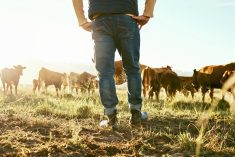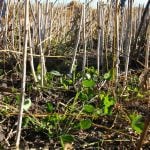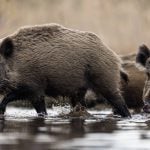You may never look at a spring creek the same way once you’ve learned about the proposed amendments to the Navigation Protection Act, which were introduced as part of Bill C-69 in February 2018. A Senate committee has been holding public hearings on the bill this spring.
The Navigation Protection Act ensures people can travel over navigable waters without facing obstructions that would impede their journey. My (limited) understanding is that if a work might interfere with navigation, its construction or expansion needs to be authorized by the federal government. A work is anything man-made, whether permanent or temporary. It includes everything from dams to fill. I can see how this makes sense on water bodies used for shipping cargo or that have several recreational users.
Read Also
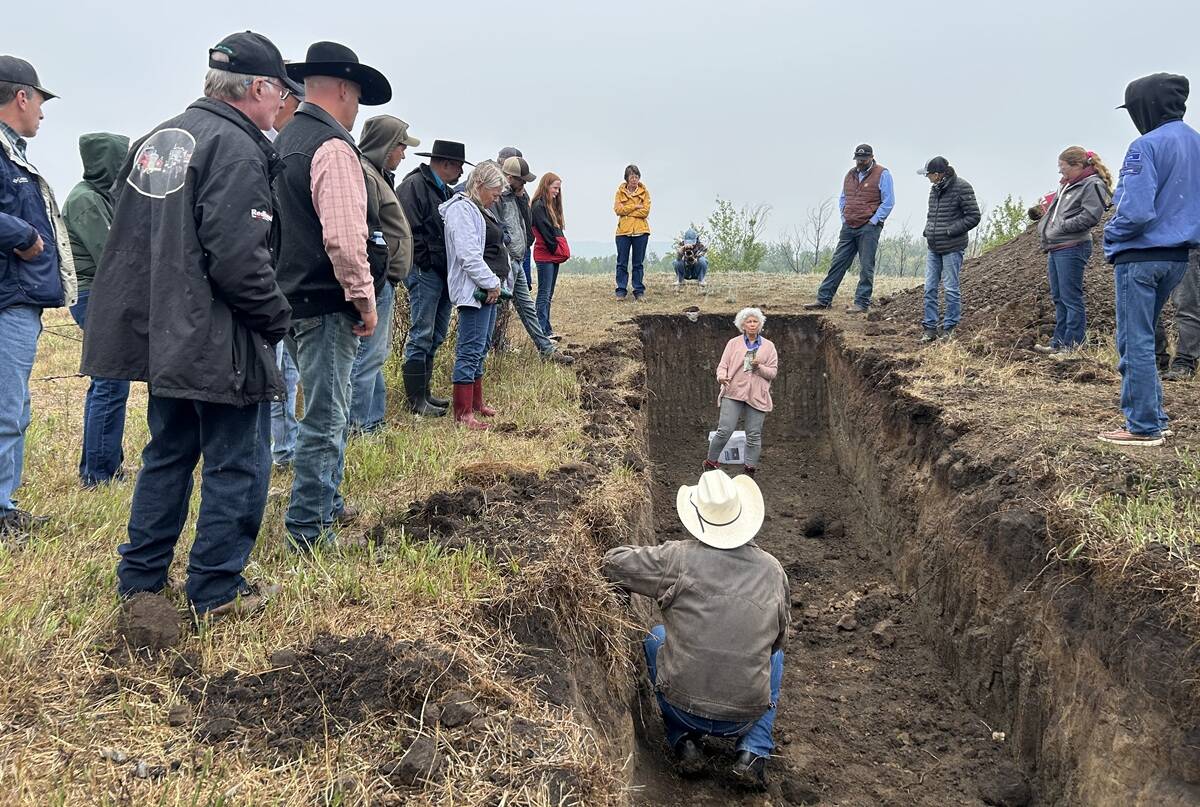
Improving soil health on the ranch
Yamily Zavala, PhD, talks soil health for farmers and ranchers at a grazing club field day at Paradise Hill, Saskatchewan.
But the federal government’s proposed amendments might bring that legislation — intentionally or not — to farms and ranches across the country. At the Canadian Cattlemen’s Association’s environmental committee meeting in Ottawa this spring, Transport Canada staff outlined the proposed changes, which would broaden the current legislation’s scope and rename it the Canadian Navigable Waters Act.
(If that name sounds familiar, it’s because the Navigable Waters Act was the name of the legislation in place before the previous Conservative government revised it in 2012.)
One issue is that the new act would expand the definition of navigable water. It would include a body of water that is used, or has a reasonable likelihood of being used, as a means of travel for commercial or recreational purposes, or for Indigenous people exercising their rights under the Constitution Act, for any part of the year. The water body also has to be publicly accessible, or cross land owned by two or more people, or be on federally or provincially owned land. Some navigable waters will be listed on a Schedule, resulting in more government oversight on those waterways, according to the federal government website Canada.ca. But navigable waters not listed on the Schedule are still subject to oversight.
Transport Canada is dividing works into major works (substantially interfere with navigation), minor works (interfere slightly) and other works. Major works include things such as bridges, and owners must apply to Transport Canada for approval before building or working on it. Minor works include things such as docks, and owners must meet “pre-determined requirements on all navigable waters,” according to Canada.ca. In the other category, owners will either have to apply for approval or undertake a public consultation.
As you can imagine, committee members had questions about what this would look like on the ground. For example, if a normally shallow creek transforms into kayak-worthy rapids during spring runoff, does that qualify as navigable water? And how does fencing fit into the major or minor works categories?
There weren’t any definitive answers from Transport Canada staff regarding those examples. As the Canadian Cattlemen’s Association points out in its April 15 Action News, if the intent isn’t clarified now, that leaves room for regulators or the courts to apply it broadly.
B.C. court weighs in on access to water bodies
I’m no lawyer, but in my opinion the concern around courts interpreting legislation more broadly is valid. The March/April issue of Beef in B.C. magazine had an interesting article on the litigation around access to lakes on deeded land, written by lawyer Mary MacGregor. In this case, Nicola Valley Fish and Game Club members wanted right of entry to two lakes surrounded by land deeded to Douglas Lake Cattle Company. Douglas Lake has been storing water for irrigation in the lakes, so they have expanded over time. The original lakes are considered to be on Crown land, while the expanded area is considered to be on deeded land (although there was much debate about how much they had expanded, and therefore what was deeded and what was Crown).
The old Stoney Lake Road runs very close to the lakes. But after the province built a new bypass road, Douglas Lake closed Stoney Lake Road in the early ’90s, and much of it lies underwater now. Douglas Lake contended that it had an agreement to close the old Stoney Lake Road in exchange for yielding land for the new bypass road. However, the judge ruled that Stoney Lake Road qualifies as a public road. Between Stoney Lake Road and a creek that people can walk up, the judge concluded that both lakes are publicly accessible, although he added a few caveats (such as public fishing will be limited by whatever equipment people can carry in on foot on a narrow trail).
In this case, the province did not defend the public’s right to access the lakes. The judge criticized the province for not doing so, MacGregor writes. The judge also asked the provincial government to “legislate a right of access over deeded land to access lakes lying partly on Crown land,” she writes.
Given that case, it’s not hard to imagine a situation where a person files a complaint with a regulator or the courts to gain access to water bodies surrounded by deeded land, using the amended federal legislation as a legal backstop (assuming it passes as is).
The Canadian Cattlemen’s Association is working on this issue. Beef producers will likely find common ground with other stakeholders. Now is a good time to ask questions and forward concerns to your producer groups, with the hope it enlightens folks in Ottawa.


